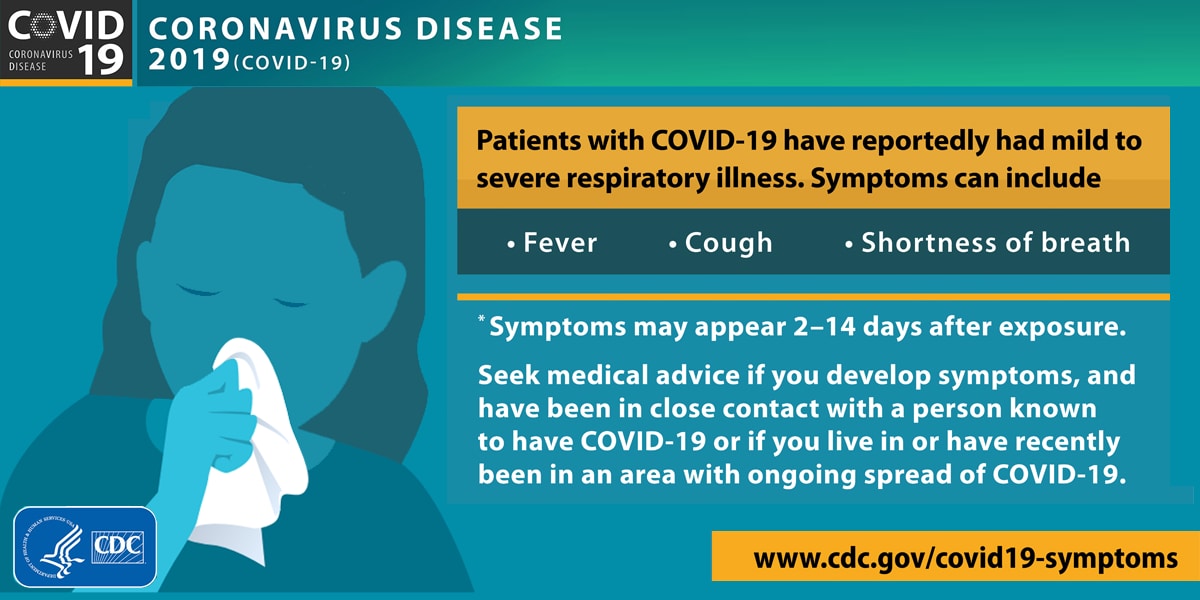

We link primary sources - including studies, scientific references, and statistics - within each article and also list them in the resources section at the bottom of our articles. Medical News Today has strict sourcing guidelines and draws only from peer-reviewed studies, academic research institutions, and medical journals and associations. Others will experience no symptoms at all. For example, some people will experience nausea, vomiting, or diarrhea before fever or coughing. However, the type and order of symptoms will vary from person to person. Around 26% to 32% of people hospitalized with COVID-19 will require treatment in an intensive care unit. In these and other severe cases, doctors may admit people to an intensive care unit around 10 days after symptom onset. According to the Center for Disease Control and Prevention (CDC), around 20% to 42% of people hospitalized with COVID-19 experience this condition. This is where the lungs fail to provide the body with sufficient oxygen. Some people will experience acute respiratory distress syndrome after 9 days. A 2020 study in The Lancet suggests that this typically occurs after 7 days from the onset of symptoms.

In severe cases, COVID-19 can require hospitalization. The Frontiers in Public Health study also suggested that COVID-19 could then cause nausea and vomiting, which would develop sooner than it would in similar respiratory infections, such as MERS or SARS. COVID-19 may then cause a cough, sore throat, and body aches or headaches.


 0 kommentar(er)
0 kommentar(er)
